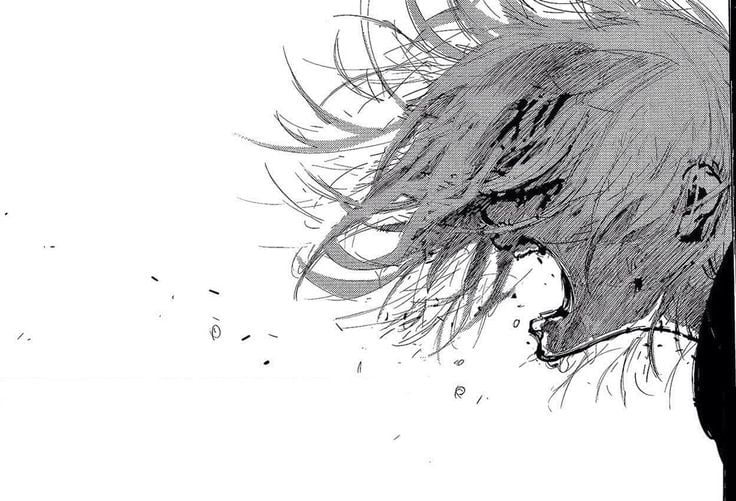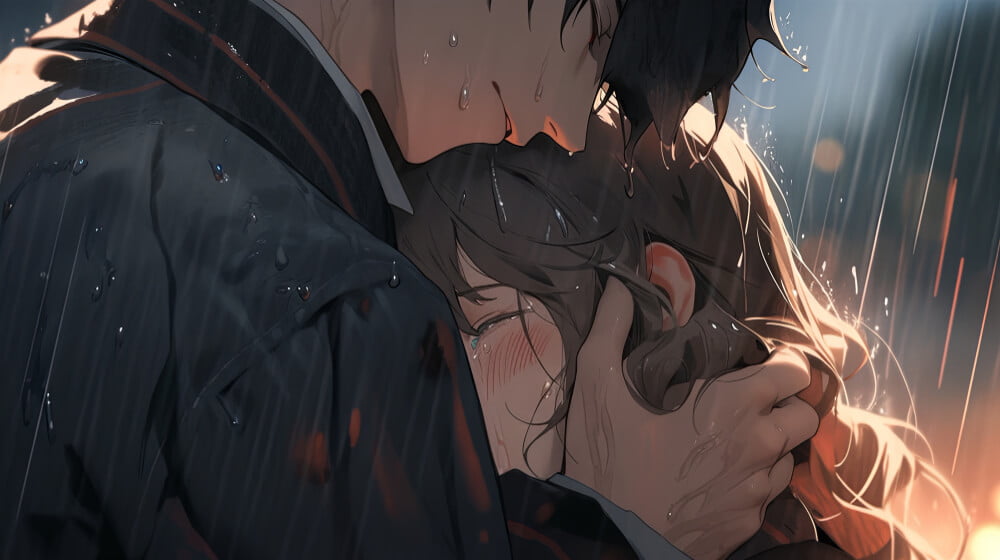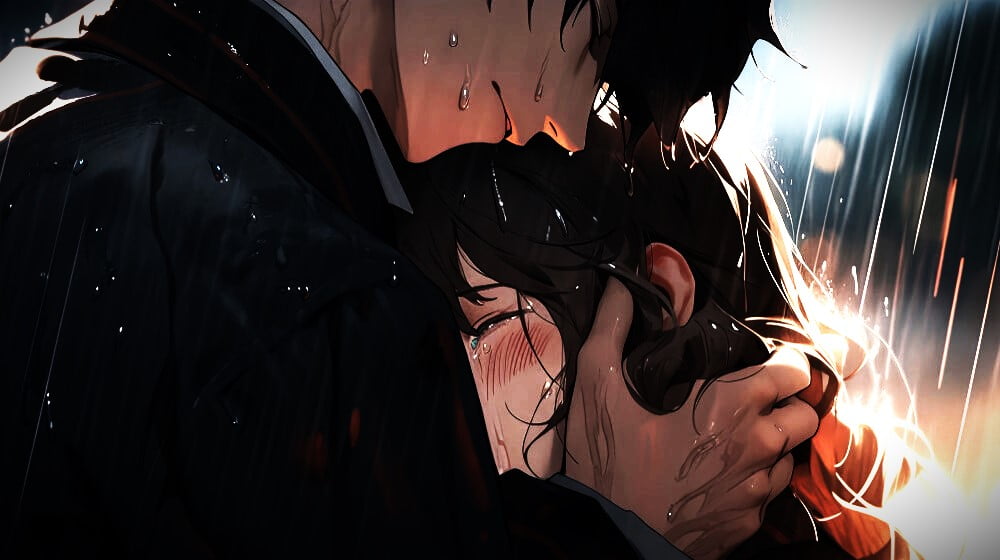Killing off a beloved character in your artwork can be a profoundly impactful storytelling tool. When executed thoughtfully, it can evoke deep emotions and leave a lasting impression on your audience. To achieve this, ensure the character is well-developed and cherished by viewers, subtly foreshadow their demise to build tension, and make sure their death serves a significant narrative purpose. Utilize visual storytelling techniques such as lighting, color, and composition to convey the emotional tone, and depict realistic reactions from other characters to underscore the loss. This approach, whether in illustration, animation, or digital art, can transform a character’s death into a powerful, cathartic moment that enhances your overall narrative and creates a memorable experience for your audience.
Understanding the Emotional Landscape
Before embarking on the emotional journey of killing a beloved character in your artwork, it’s crucial to understand why this can be so impactful. Over time, audiences develop strong emotional bonds with characters, investing in their journeys, struggles, and triumphs. This emotional investment makes the character’s death feel personal and profound, as if the audience is losing a part of their own experience.
The death of a character also raises the narrative stakes, demonstrating that actions have serious consequences. It shows that the story world is unpredictable and real, where beloved characters can face peril and loss. This unpredictability keeps the audience engaged and heightens the emotional intensity of the story.
Additionally, killing a beloved character provides a cathartic experience for the audience. Art often serves as a medium for catharsis, allowing viewers to process their own emotions through the experiences of fictional characters. The loss they feel through the character can help them deal with their own emotions, making the story not just entertainment but a meaningful emotional journey.


Steps to Creating an Emotionally Resonant Character Death
Build Deep Connections: To create an emotionally resonant character death, start by ensuring that the character is well-developed and loved by the audience. Use detailed backstories, meaningful relationships, and significant personal growth to make them relatable and endearing. When the audience invests emotionally in a character, their eventual death will have a much greater impact.
Foreshadowing: Subtly hint at the possibility of the character’s demise without making it too obvious. This builds tension and prepares your audience emotionally. Effective foreshadowing can create a sense of dread and anticipation, making the final moment more powerful.
Meaningful Context: The death should serve a clear purpose within the narrative. It could be a heroic sacrifice that saves others, a tragic loss that propels other characters into action, or a pivotal turning point that alters the story’s direction. A death with meaningful context ensures it feels justified and significant, enhancing its emotional weight.
Realistic Reactions: Show how other characters react to the death. This not only underscores the impact of the loss but also allows the audience to process their own emotions through the characters’ responses. Realistic, varied reactions can deepen the emotional resonance of the scene.
Visual Storytelling: Use your artistic skills to convey the mood and atmosphere of the character’s death. Elements such as lighting, color palettes, and composition play crucial roles in setting the emotional tone. Thoughtful visual storytelling can enhance the emotional depth of the scene, making the character’s death a powerful and memorable moment in your artwork.
Techniques for Different Art Forms
In the realm of illustration and comics, capturing the emotional depth of a character’s death requires finesse in both dynamic posing and panel layout. Dynamic posing allows artists to convey the struggle and emotion of the scene through powerful body language and expressive facial features. Meanwhile, panel layout serves as a crucial tool for controlling the pacing of the narrative, enabling artists to slow down the moment of death and emphasize its gravity through close-up shots that highlight poignant emotional expressions. By mastering these techniques, illustrators and comic artists can create truly impactful scenes that resonate deeply with their audience.
Animation offers its own set of techniques to enhance the emotional impact of a character’s death. Voice acting, when executed with skill and sensitivity, can breathe life into the final moments of a character’s journey, allowing their emotions to reverberate through every word and inflection. Additionally, music and sound effects play a vital role in underscoring the emotional weight of the scene. From swelling orchestral scores to poignant moments of silence, the right audio accompaniment can elevate an animated death scene from memorable to unforgettable, leaving a lasting impression on viewers.
In the realm of digital art and painting, artists can harness the power of lighting, shadows, and color theory to evoke strong emotions in their portrayal of a character’s death. Lighting and shadows can be used to create dramatic contrasts that highlight the emotional intensity of the moment, while color palettes can be carefully selected to evoke specific emotional responses. Warm colors may convey a sense of finality or passion, while cooler tones can evoke feelings of sadness and loss. By leveraging these visual elements, digital artists can craft evocative scenes that resonate deeply with their audience, leaving a lasting impact long after the artwork is viewed.

Examples of Emotional Character Deaths
In the dynamic world of manga and anime, character deaths often serve as powerful narrative devices, leaving lasting impressions on audiences. One such poignant example is the death of Maes Hughes in “Fullmetal Alchemist.” Hughes’ demise deeply resonates due to his endearing personality and unwavering loyalty to his loved ones. His sudden loss sends shockwaves through the story, affecting both characters and viewers alike, underscoring the series’ exploration of sacrifice and redemption.
Similarly, in “Death Note,” the death of L marks a significant turning point in the plot. As one of the central figures and a formidable adversary to protagonist Light Yagami, L’s demise shifts the narrative’s dynamics, leaving a palpable void in the story. His departure evokes a range of emotions, from shock to sadness, and prompts reflection on themes of justice and morality within the series.
In “Naruto,” the death of Jiraiya, a beloved mentor and father figure, is a deeply emotional moment. His sacrifice in battle against the villainous Pain highlights themes of courage and selflessness, while also driving character development for protagonist Naruto. Jiraiya’s passing leaves an indelible impact on the story’s trajectory, serving as a catalyst for growth and change among the characters.
These examples illustrate how character deaths in manga and anime are more than mere plot points—they are pivotal moments that evoke genuine emotion and resonate with audiences long after the series concludes. Through skilled storytelling and thoughtful characterization, these deaths leave lasting impressions, enriching the narrative tapestry of these beloved series.
Navigating the Emotional Aftermath
After the character’s death, it’s important to handle the aftermath with care:
Give Space for Grief: Allow your characters and your audience time to grieve. This can be reflected through scenes of mourning, memorials, or introspection. Giving space for grief not only honors the memory of the deceased character but also allows for a cathartic release of emotion for both the characters and the audience.
Show Growth and Change: Illustrate how the death impacts the surviving characters and propels them into new directions. This can lead to significant character development and plot advancement. The death of a character often serves as a catalyst for growth, pushing the remaining characters to confront their own vulnerabilities and motivations.
Balance: Ensure that the story doesn’t become too dark. While it’s important to acknowledge the heaviness of the loss, balancing it with moments of hope and resilience can prevent the narrative from becoming overwhelming. Moments of lightness and positivity provide much-needed relief for both the characters and the audience, allowing them to navigate the emotional journey with a sense of balance and perspective.

Conclusion
Killing your favorite characters is not just about shock value; it’s a powerful storytelling tool that, when used thoughtfully, can evoke deep emotional responses and enrich your narrative. By understanding the emotional landscape and employing effective techniques such as building deep connections, foreshadowing, and creating meaningful context, you can create character deaths that resonate deeply with your audience.
Furthermore, handling the emotional aftermath with care is essential. Giving space for grief, showing growth and change, and maintaining a balance between darkness and lightness ensure that the impact of the character’s death is fully realized without overwhelming the audience.
Ultimately, by mastering these elements, you can create art that goes beyond mere entertainment, leaving a lasting impact on the hearts and minds of your audience. Through thoughtful storytelling and empathetic portrayal of character deaths, you can craft narratives that resonate deeply, fostering emotional connections that endure long after the story concludes.





